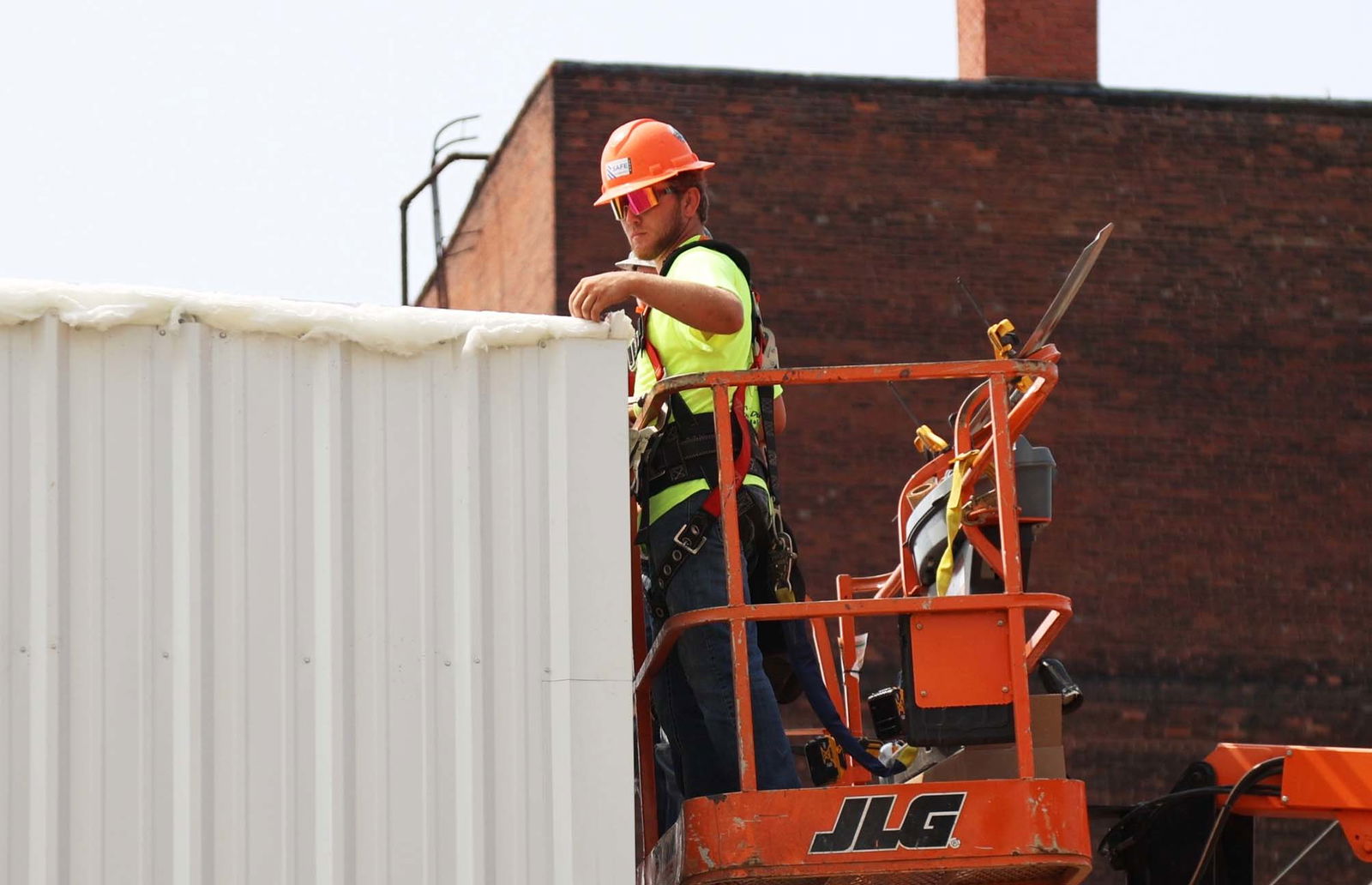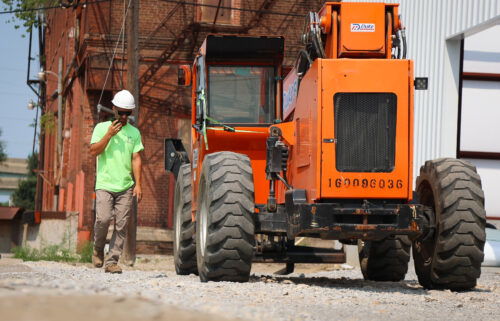Despite inflation holding firm, impact of unsteady material costs linger

By Cameron Montemayor
As optimism builds for a potential lowering of interest rates in September, the lingering effects of elevated inflation and building costs continue to present challenges for long-term construction project planning.
While challenges are less extreme than what many witnessed in 2021, 2022 and early 2023, when inflation surged between 8% and 9%, contractors, developers and cities still are navigating an uncertain market and considerably higher costs versus pre-pandemic levels.
Year-over-year price growth of building materials in June was the highest since February 2023. Construction costs are projected to rise anywhere from 3% to 6% this year depending on the location.
Like many other construction companies and contractors, Nick Nigh, project manager with Herner Construction Inc., said with a high percentage of construction activity planned, there’s an inherent risk of cost growth for project budgets due to several elevated material costs.
“For us specifically, some of our projects are a year-long project. So trying to anticipate what the prices are going to be for material six, eight months down the road is definitely a challenge,” Nigh said.
With material costs making up a significant portion of overall project expenses, even a moderate increase in a certain material can inflate project budgets notably, forcing groups to re-evaluate and find alternatives.
Since 2020, data from the producer price index shows cost growth for concrete has surged 34%, steel products have risen 72% and brick and clay costs have grown by 29%.
“Concrete actually stayed pretty steady for a while, but we’ve seen a pretty significant hike in the cost of concrete in the last six months,” he said. “I’ve seen things come down a little bit. Not back down to where it was.”
Phillip Leimbach, public works chief project manager, saw right away the same stubbornly high material costs impacting estimates for various improvement projects when he took on his role in 2023.
“A lot of the projects had been budgeted four or five years prior. So we were seeing a lot of difference in our cost that was budgeted versus actual cost and how it’s getting bid,” Leimbach said. “What we’re really having to do is build in contingencies or definitely overbudget a project, which makes it hard from kind of a taxpayer perspective.”
In other instances, certain materials or components would have to be altered or scaled down to fit within the budget. Leimbach noted a key difference exists between public projects and private ones when it comes to mitigating and planning around the impact of rising prices.
“We’re funded for those projects and those years. You know, that’s something that we promise the taxpayers that we have to get done,” he said. “We can’t put them on hold. So that’s that’s kind of the struggle.”
Lumber remains one of the few materials in the market that hasn’t seen price growth outpace pre-pandemic figures. Even then, lumber prices saw extreme peaks and valleys between 2021 and 2023 that put significant pressure on cost estimates for many projects.
Overall price growth for materials eased significantly in 2023 compared to sky-high and record costs in 2022, but price volatility has continued to linger in 2024. The index price level for copper building products is up 12% over the year and costs for gypsum building materials have grown by 17% since 2022 as well.
Despite lingering challenges, project and construction activity has remained robust in 2024 with strong demand for contractors and project work.
“Things on our side have kind of leveled off a little bit,” Leimbach said. “What we’re having trouble with future wise, and how we’re trying to account for it is you’re not sure what it’s going to do, if it’s going to keep growing or if it’s going to stay stable or maybe drop a bit.”
At its peak in early 2023, St. Joseph City Manager Bryan Carter remembers how inflation and wild price swings impacted estimates for future projects, particularly ones like CIP projects that sit on a five-year schedule.
“With every price that we received I would get two reasons why that price might not be good in a year much less five years,” he said. “That’s been a lot more difficult over the last four years when we’ve seen a little bit of an erratic market where prices will escalate and then drop a little bit.”
Years of sky-high inflation, and the increased sales tax revenue that is generated with higher prices, allow the city in many cases to offset an increase in project costs funded by taxpayer dollars like CIP projects.
However, in other areas like the city’s Bonds for Bridges program — financed by fixed government GO bonds — cost growth means something has to give.
“We had to do a lot of maneuvering to get projects in under that budget. So that was different for most the projects we do within the CIP,” Carter said. “The airport projects have been affected too because they had special appropriations with a set amount of money that we’re paying for those projects. The costs have increased on those.”
A potential lowering of interest rates, which currently sit between 5.25% and 5.5%, would mark the first cut since rates were raised 11 times between 2022 and 2023 to combat soaring inflation.
Having navigated through the extremes of years of market and economic conditions, and with modest improvements seen in some areas, many are more than confident in their ability to adjust to whatever direction conditions go.
“With interest rates still being predictable, who knows what is going to come in the future? I think everybody right now is just kind of worried that things are going to slow down,” Nigh said. “Do I think that at some point we may see another lag? It’s kind of a natural cycle, but I’m pretty confident that we’ll rebound and keep things moving.”



